In today’s globalized market, opinion can spread like wildfire across the internet. Surely, it’s never been more important for brands to plan ahead and put their communication strategy in place for success.
Marketing and communications professionals, in particular, must be agile, nimble, and creative in their approach to projects.
Especially if they want to stay up-to-date with the latest trends, build lasting relationships with consumers, clients, and other stakeholders, and sell products.

One of the best ways to prepare a communication strategy is to understand the environment you’re operating in. You can do this by using data and insights from the activity of your target audience, competitors, and media online.
Consequently, with the right information and insights, you can define objectives that matter to you and your organization. This way you can build marketing and communications strategies that work from the get-go.
Here at Determ, we help PR professionals, marketing executives, and business leaders monitor and analyze the media, including social media, to gather valuable insights.
? Read Media Monitoring: The Ultimate Guide
Let’s explore how Determ, a media monitoring software, can guide you through shaping and planning your marketing and communication strategy.
In short, we’ll go through brand reputation, goal setting, examining the target audience, competitor research, and media monitoring.
Why Should You Use a Media Monitoring Tool to Plan Your Communication Strategy?
Firstly, a communication strategy or plan is a roadmap that defines how a brand should communicate to its targeted audience.
In sum, this entails a plan on how to achieve communication objectives and align communication to produce meaningful, cohesive messages.
These strategies can focus on internal or external communications or be specified for a particular project. Evidently, communication strategy is a foundational aspect of a brand’s marketing and business strategy.
There are three key components:
- The message: What you’re going to communicate and how.
- The medium(s): The channel(s) that you’ll be using to communicate.
- The target: Who you’re broadcasting the message to.
Now, you might be asking yourself what’s the best way to gather information? Which information do you really need? How can you decide on these components in a way that will help guide your strategy in the right direction?
Well, instead of conducting expensive and time-exhausting market research, media monitoring tools might be just what you need.
Basically, media monitoring tools allow you to automate your monitoring and gather all the insights you might need to make better business decisions.
Let’s go through the steps you should take before setting a communication strategy in place.
Part 1: Approach
Before you launch a marketing and communications campaign, approach the media or contact an influencer, you need to establish your current brand reputation, define your objectives and identify your key audiences.
Questions you should ask yourself:
- How is my brand viewed by the audience?
- What is the sentiment spurred across my earned channels?
- What are the words that are associated with my brand?
- What are my organization’s goal(s) for the next month, quarter, or year?
- Which key messages, unique selling points, calls-to-action, and digital content have been successful in the past?
- Is there a particular audience – existing or emerging – that we want to target over the next year?
- What are my KPIs? Consider brand awareness, perception change, lead generation, and sales.
- What are my competitors doing? What can I learn from them?
Establish current brand reputation
Through brand monitoring, it’s simple to determine how people feel about your brand, and only then can you truly shape the conversation and control the narrative.
By filtering online conversations using analytics such as reach, sentiment, and engagement, brand managers can quickly see what’s driving chatter.
Media monitoring tools such as Determ stay abreast of what’s being said about your company, executive team, campaigns, competitors, and industry, in real-time, across news and social media and help you determine your brand’s overall reputation.
Manual monitoring is time-consuming and can be a painful process, but Determ’s platform does the heavy lifting for brands.
Here’s what media monitoring tools can tell you about your brand that other tools cannot:
- Sentiment: this will provide context to your mentions and help you understand your data better
- Mentions over time: This will help you identify what causes increases or decreases in mentions
- Word cloud: Check for words that were mentioned the most alongside your brand
- Sentiment: this will provide context to your mentions and help you understand your data better
- Mentions over time: This will help you identify what causes increases or decreases in mentions
- Word cloud: Check for words that were mentioned the most alongside your brand

Read 11 Ways to Enhance Your Brand’s Online Presence
Define objectives
Success begins with appropriate goal-setting, backed by benchmarking, tracking, analysis and reporting. Hence, in defining your objectives, it’s important to keep them S.M.A.R.T.
Each objective should be Specific, Measurable, Achievable, Realistic, and Timely.
Specific
A goal should be specific and well-defined with an attainable result and not vague and broad.
Measurable
A goal should be quantifiable in some way.
Achievable
A goal should push and challenge you, but in a way that can be achieved in the time you’ve allocated.
Relevant
A goal should reflect the bigger picture and, once reached should have an impact.
Time-bound
A goal should have time-related parameters built in, a beginning, and an end date.
Knowing how to set goals using the SMART framework can help you succeed in setting and attaining goals, no matter how large or small.
Additionally, try to keep goals and objectives short – too many can cloud the output, targeting, and reporting of a campaign.
Examine your target audience
Do your objectives have meaning for your target audience? Everything you do must be valuable for your target audience and potential or existing customer. When setting the goals, consider your audience’s needs and desires.
- Where do they consume most of their information?
- Which platforms and hashtags do they use?
- What conversations do they have and on which topics?
- What kind of content motivates their engagement?
- What trends do they follow?
Think about their lifestyle choices, the products they already own, and how their work life affects their schedules.
With Determ, you can monitor content from your industry and see what type of content the audience prefers. It will also allow you to gather data about channels your audience is already predominantly using, so you can save money on testing other channels and focus your efforts on those worthwhile.
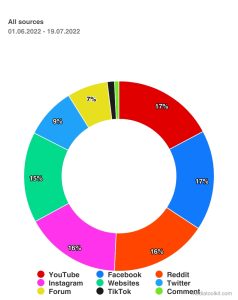
In the tool, you can also find information about mentions over time by source and sentiment ratio by channel. If you spot a predominantly negative sentiment on a specific channel, you should find the reason behind it because it may give you valuable insights into where your product or strategies need improvement.
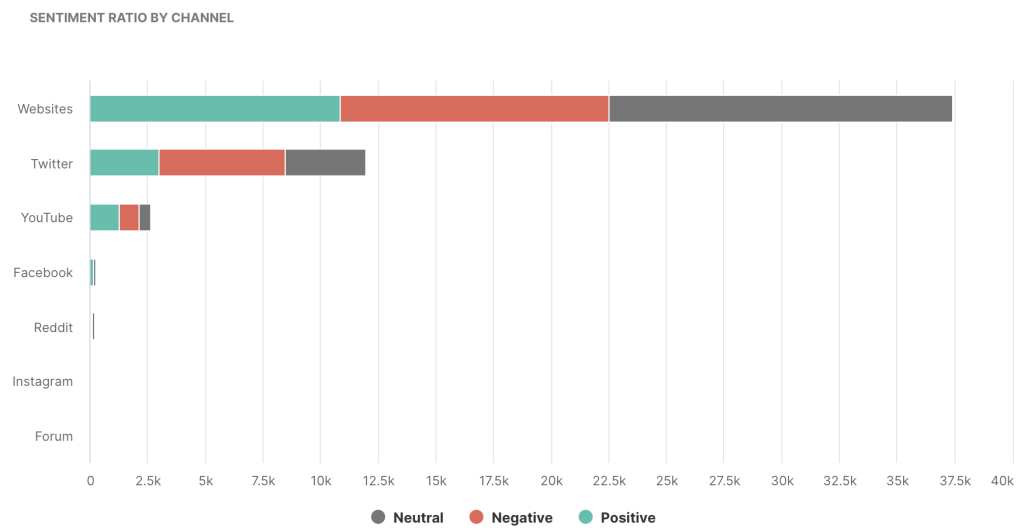
You should also be aware of your audience’s geographic location and the language they use. In Determ, you can narrow down your search of monitored sources by specific language and countries.
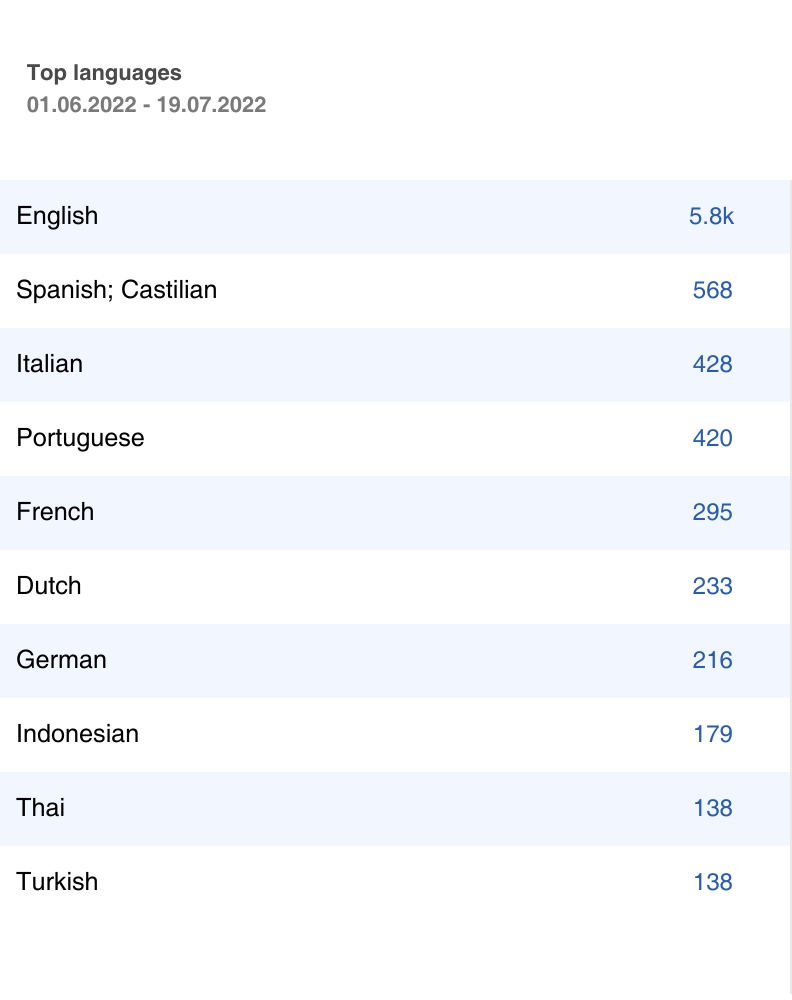
This way, you can be anywhere in the world and still be able to research various markets quicker. To add on, for a lot less money, you get real-time information, spot specific marker and industry trends, and understand your customers’ needs. For example, if you’re interested in the Malaysian market, you can set up the tool to track mentions only from Malaysia and in Malay.
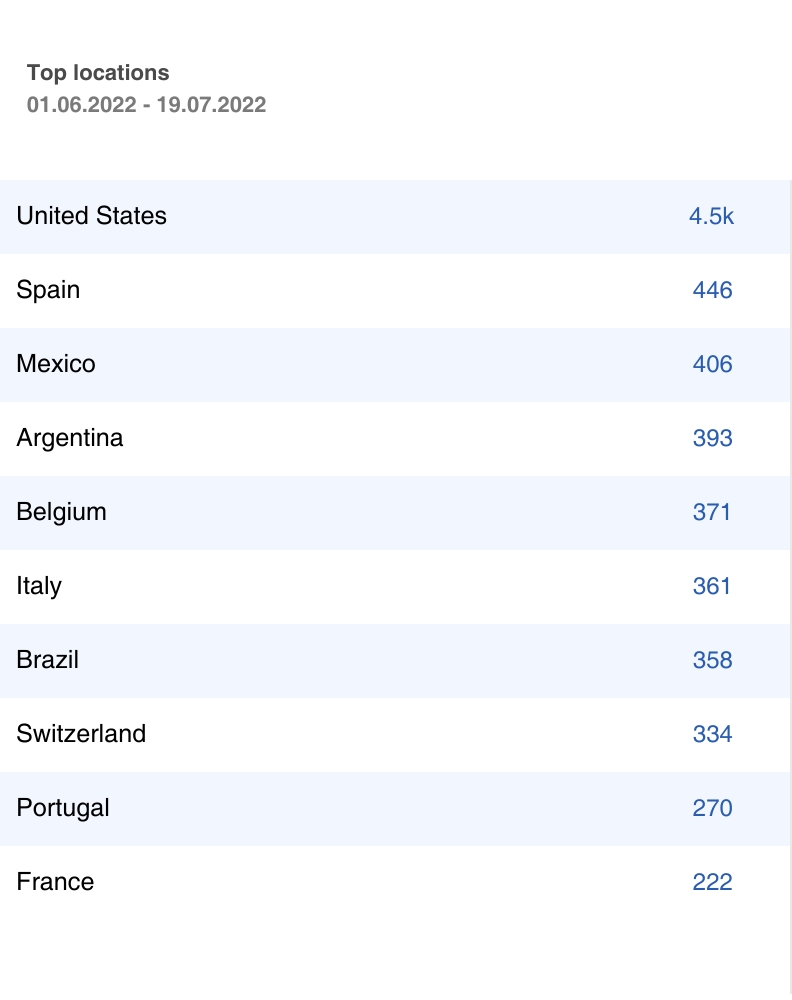
Part 2: Research
Nowadays, it’s not enough for you to be an expert on your brand, product, or service. Today, you also need to research your industry, your local and international media landscape, and the interests and activities of your target audience.
Understand your media landscape
In order for your communication strategy to be successful across different markets, you need to be aware of all the publications across the region. Additionally, you should use media monitoring tools to find influencers and journalists and build lasting relationships.
Determ allows you to discover and measure all in one place. You can find the right journalist or influencer based on the content of their published articles. Specifically, you can even track this content by sentiment, reach, engagement, publication date, etc.
After that, once you know your media landscape and have a comprehensive media list in place, you can find out which ones you should reach out to. This way, you’ll grow your media landscape even more and reach even bigger audiences. Moreover, you’ll be able to track down everything that was published through Determ too.
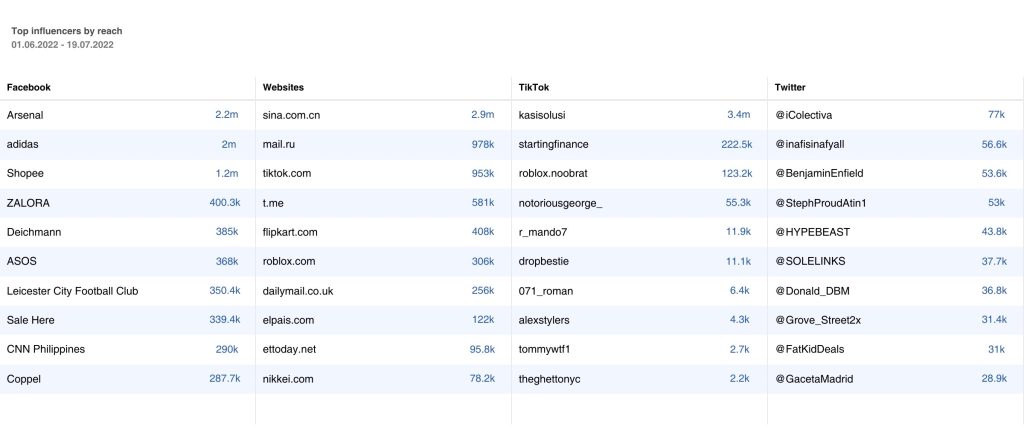
Monitor your competitors
While competitors pose a threat, they also inspire us and motivate us to be better, faster, and more adaptable. But to stay ahead of your industry competitors, you’ll need to monitor their activity. This includes coverage they receive in the media and how they engage with consumers on social media and other marketing channels.
Dig deep into their key messages and unique selling points. See how they present themselves on social media, and what media publications they target to increase their own share-of-voice. Subsequently, using Determ’s feed, you can easily monitor your competitor’s activity in realtime, and alter your own marketing and communication strategy accordingly.
Read Competitor Analysis: Stay Ahead of Competition with Media Monitoring
Competitors analysis 101:
- Evaluate which of their messages and content receive the most engagement online.
- Examine their share of voice within the industry and on social media and determine how it compares to you.
- Evaluate the differences between their brand messaging and your own.
- Think about where they’re focusing their marketing efforts – including in areas like paid content, sponsored editorials, and influencer marketing.
- Look at how they’re represented in the media online and by influencers.
With the insights you gather from tracking your competitor’s digital marketing and media activity, and overall industry movements, you’ll be able to predict what they might do next. Therefore, you can put effective an effective and timely communication strategy in place.
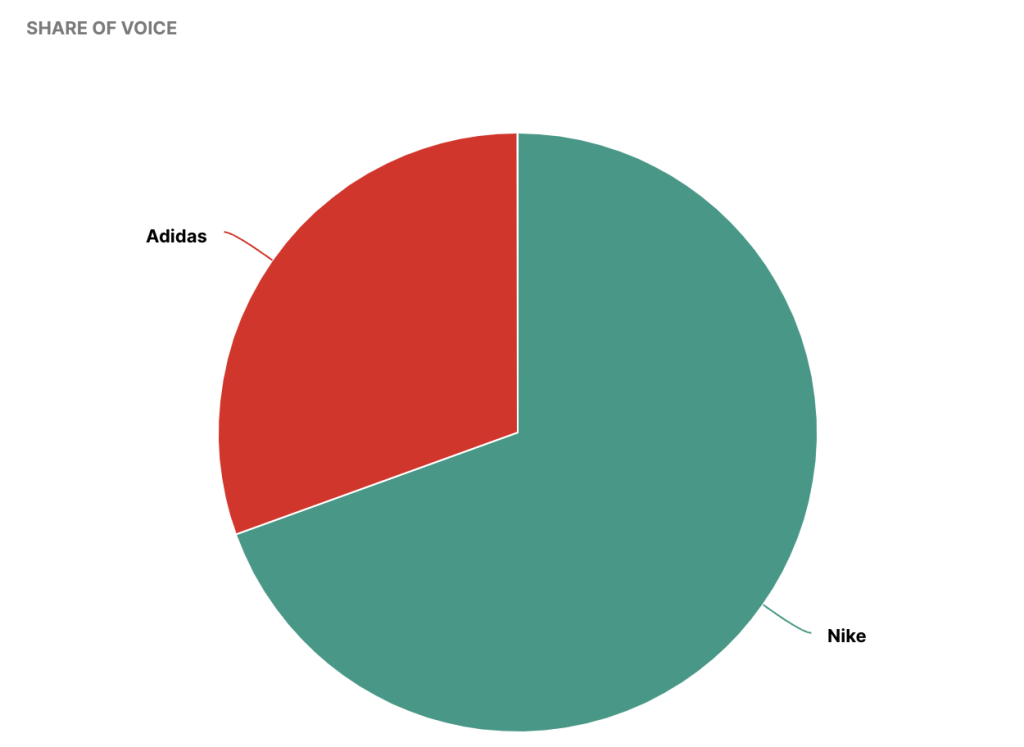
Read Creating a Marketing Strategy that Works: Benefits, Steps, Tools
Wrap Up
Altogether, here is what our customer Resa Prasetyo, TBWA’S Regional data and analytics director for Asia and Oceania, said about Determ:
“We use media monitoring for planning what we should do. But we can also see our campaign’s impact. For example, when we launch a new model and see how people react and gather all information that we need. We always have our ears open for our competitors to make sure we stay on top of trends and what’s happening.”
All in all, Determ is one of the leading media monitoring software in the world right now. With over 100,000 online tracking sources, make sure you never miss out on anything!
Hundreds of companies have used Determ’s media monitoring to stay on top of billions of conversations. Therefore, they’ve been able to extract relevant insights to strategically manage their brands. Finally, with more than 8 years of experience, Determ is dedicated to personal, global service with dedicated customer support available for you.



